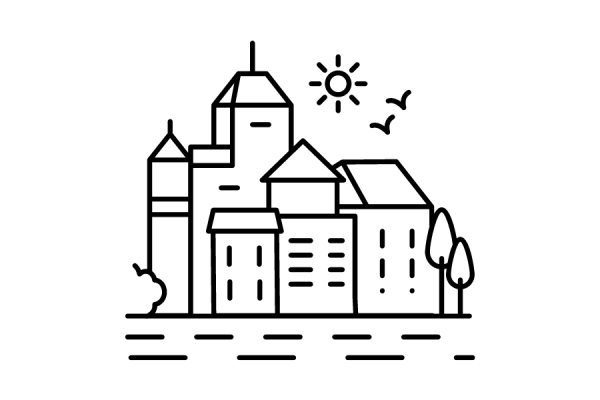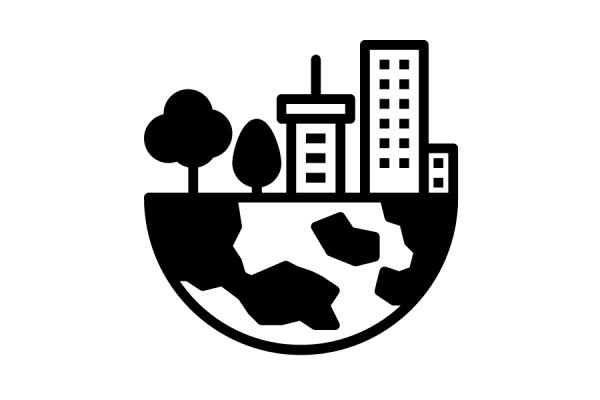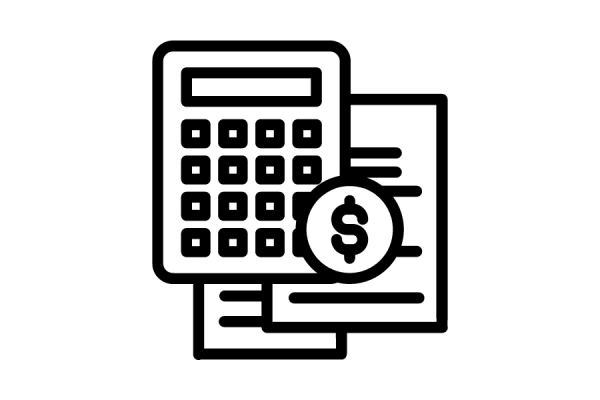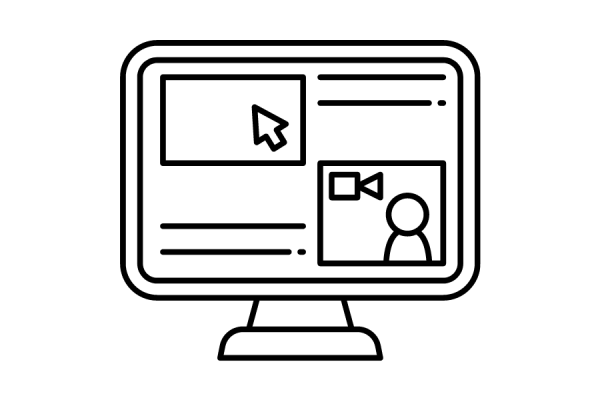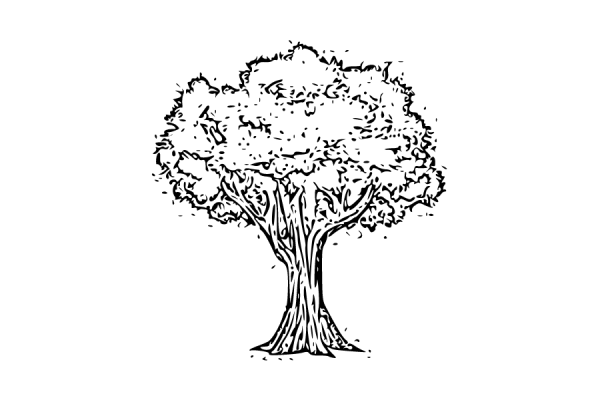A vibrant urban forest improves air quality, mitigates stormwater, provides shade, creates wildlife habitat, increases property value, and improves public health and wellbeing. Explore these resources to learn how trees directly impact our lives at all scales; as individuals, communities, and as a state.
Resources
-

Vibrant Cities Lab
Make the case and see how trees improve human health, public safety, air quality and more. This site is maintained by the US Forest Service.
-

Benefits of Trees
The Arbor Day Foundation's list of facts and data that demonstrate the value of trees to communities.
-

Green Cities, Green Health
Explore over 40 years of research on how trees, parks, gardens, and natural areas enhance quality of life in cities and towns.
Tools for Assessing Tree Benefits
The following websites and software options are available for community use to assess the benefits their urban forests are providing and to identify potential areas of improvement. These resources are helpful for general maintenance and inventory purposes and they can also inform your community budget and policy discussions.
Resources
-

National Tree Benefit Calculator
This tool allows anyone to make a simple estimation of the benefits individual street-side trees provide.
-

iTree Suite
i-Tree is a state-of-the-art, peer-reviewed software suite from the USDA Forest Service that provides urban forestry analysis and benefits assessment tools.
-

Tree Equity Score
American Forests' tool that helps ensure tree cover in cities is equitably distributed.

